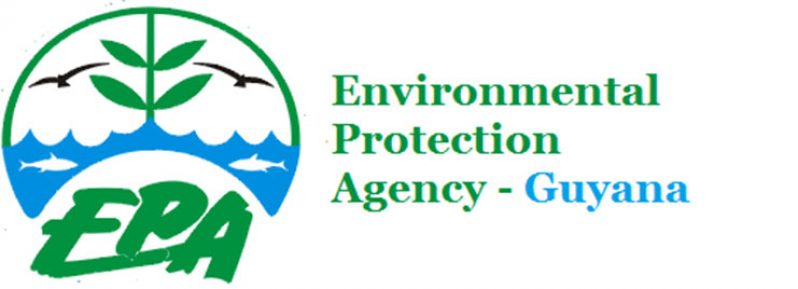Message from the Guyana Wildlife Conservation and Management Commission (GWCMC)
ON March 03, Guyana joined the rest of the world in celebrating World Wildlife Day 2018. At the 16th Conference of Parties to the Convention on International Trade in Endangered Species of Wild Fauna and Flora (CITES) in 2013, March 3, was declared World Wildlife Day. This day was endorsed on December 20, 2013, at the 68th session of the UN General Assembly.
WHAT YOU SHOULD KNOW ABOUT CITIES
The Convention on International Trade in Endangered Species of Wild Fauna and Flora (CITES) arose out of a concern about the sustainability of the international wildlife trade and the need for a mechanism to regulate this trade. International trade means the import, export, re-export or introduction of wild fauna and flora. Wildlife is traded for several reasons; food, building material, medicines, clothing and ornaments as well as for religious and cultural purposes. These various uses can threaten the existence of our wildlife; therefore, it is very important to manage exploitation through systems such as CITES. CITES was signed on March 3, 1973, and entered into force on July 1, 1975.
There are 183 Parties to the Convention including Guyana, which became a member (Party) to CITES in 1977.
CELEBRATING “BIG CATS”
This year, World Wildlife Day was observed under the theme, “Big Cats: Predators Under Threat”. Guyana is home to two big cat species – the jaguar (Panthera onca) and the puma (Puma concolor). Therefore, the theme for this year’s celebration is fully relevant to Guyana.
Big cats are important because they are the top predators in their habitat. Large cats such as jaguars and pumas decrease the likelihood of the outbreak of diseases to prey population. This is because they remove the sick and injured members which ensure that only the fittest or healthiest traits are passed on to the next generation. Essentially, big cats are important because they aid in maintaining healthy ecosystems.
In Guyana the Human/Big Cat Interactions can be defined under two broad headings:
1. Conflicts with Indigenous Reservations and Forest Edge Communities; and
2. Conflicts with Ranchers.
The Commission has responded to several conflict reports to date and the response varies according to the circumstances of the conflict. Complaints involving human-big cats interactions were received from Lake Mainstay Reservation, Capoey and Tapakuma in Region Two and Mabura Hill and Fairview Village in Region Nine.
In an effort to reduce the likelihood of such conflicts in the future, the GWCMC advises the following:
1. Where communities or individuals have observed jaguars or any large cats frequenting residential or farming area and perceive or have evidence that the animal poses threat to human life and domestic animals, they are asked not to intervene – do not trap or hunt to kill the animal.
2. Where human life appears under threat all caution should be taken to lower the risks including but not limited to walking at least in pairs, avoiding walking in during the dark if possible, secure yards and houses during dark as far as possible.
3. Where animals are under threat, the animals should be secured in appropriate enclosures to reduce the likelihood of the animal(s) being taken.
4. Where cubs are seemingly left abandoned, monitoring should be done, as big cats usually leave their cubs to hunt for food.
5. By whatever means possible, communities should make contact with the numbers listed below or any governmental organisation or Police Outpost as soon as possible 624-0049, 648-8839,613-6365, 617-4288.
Once contact is made with any of these individuals, efforts will then be taken to coordinate resources (human and otherwise) to swiftly assess the situation and work out an appropriate solution.
Guyana Wildlife Conservation and Management Commission (GWCMC)?
The Guyana Wildlife Conservation and Management Commission is responsible for the management, conservation and protection of Guyana’s wildlife. It was established by the Wildlife Conservation and Management Act on June 1, 2017. The Act provides for regulations on the hunting, trapping, trade, protection, conservation, management and sustainable use of wildlife.
The GWCMC looks forward to working with all stakeholders in promoting co-existence and all other adaptable measures possible to ensure the long life of this and other species.
For more information, or to report wildlife conflict, please contact the GWCMC on 223-0940 or by email wildlifescientificcommittee@gmail.com.
References
1. CITES Secretariat . (2018). World Wildlife Day . Geneva : CITES Secretariat.





.jpg)








